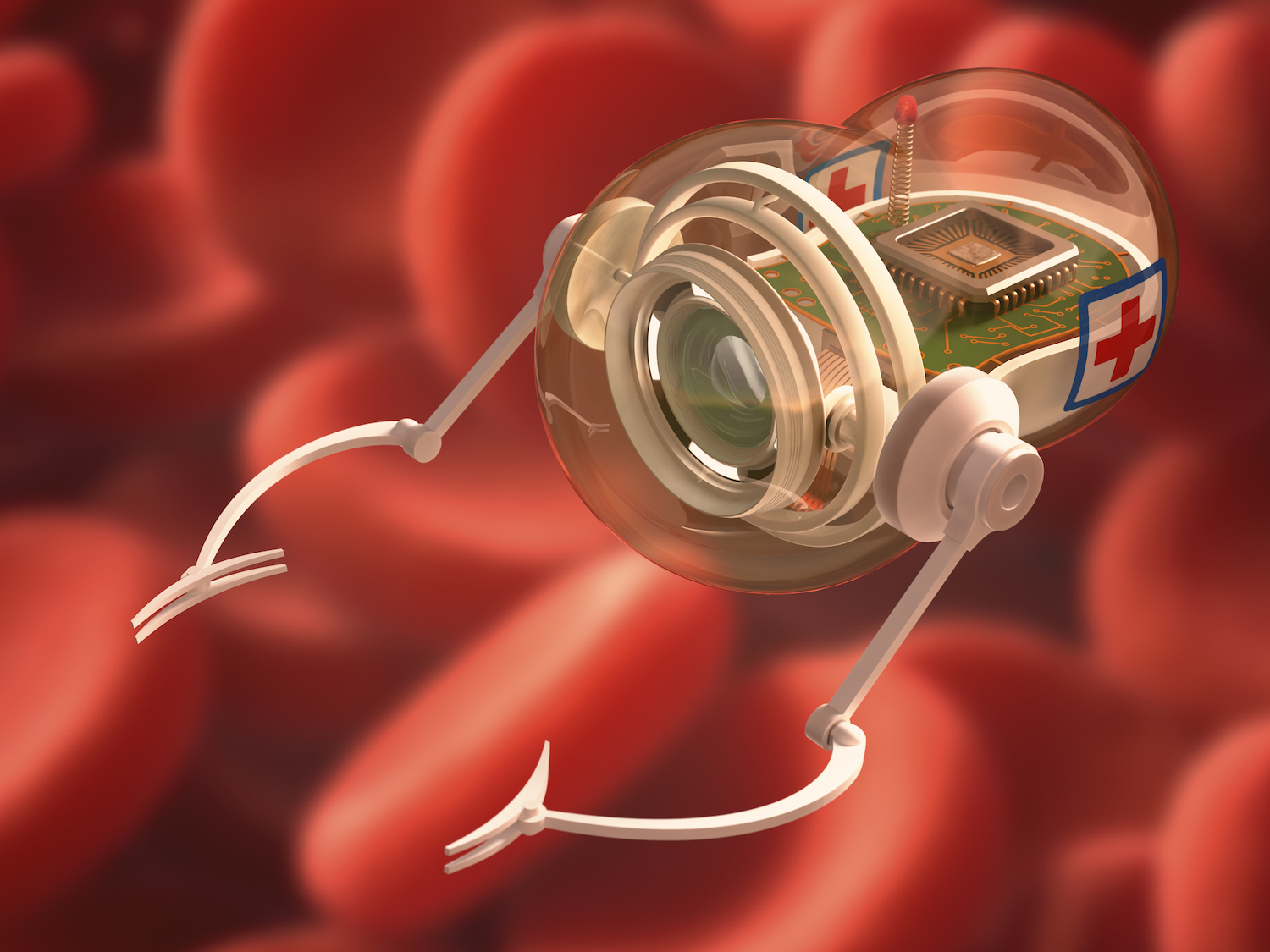I think it's safe to assume that Shogo Shimada, a thoracic and cardiac surgeon at the University of Tokyo Hospital, did not start his career thinking he might one day be implanting robots into living animals. Yet that is just what Shimada and a team of surgeons and roboticists from around the world have now achieved.
Their work is the latest in a long line of attempts to solve problems in biology using robots. When I hear about this sort of research, it usually involves micro-robots. And then there's talk of smaller, nano-size robots that can swim through the bloodstream and deliver drugs or make repairs, as referenced in the 1966 sci-fi film "Fantastic Voyage."
We'll return to this in a second, but let's first examine the problem that Shimada and his colleagues are tackling. Every year, thousands of children are born with defects in some of the tubes in their bodies. For example, a section of the bowel could be missing, or there could be a gap between the esophagus and the stomach. In either case, it's a serious problem, as food can't be processed. Shimada was part of a team that implanted a robot into a living pig to fix the problem.



















With your current subscription plan you can comment on stories. However, before writing your first comment, please create a display name in the Profile section of your subscriber account page.